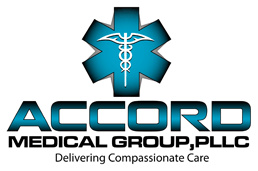Otosclerosis
Introduction
Anatomy
The medical term for eardrum is tympanic membrane. Located just behind your eardrum is your middle ear. The ossicles, tiny bones, are located in your middle ear. There are three ossicles in each ear, the hammer (malleus), anvil (incus), and stirrup (stapes). Sound waves cause the ossicles and eardrum to vibrate. The vibrations create nerve messages that travel to the brain and are interpreted as sound.
Causes
Symptoms
Diagnosis
Treatment
Surgery involves removing the stirrup and freeing the anvil and hammer of any abnormal bone growth. The stirrup is replaced with a prosthesis, an artificial stirrup made of stainless steel, in a procedure called a stapedectomy. Another type of surgery, a stapedotomy, uses a laser to create a hole in the stirrup, which is followed by placement of the prosthesis.
Am I at Risk
If members of your family have otosclerosis, you have an increased risk of developing the condition. Otosclerosis most frequently develops in Caucasian women between the ages of 15 and 30 years old. Pregnancy or the measles can trigger the onset of otosclerosis.Complications

Copyright © - iHealthSpot Interactive - www.iHealthSpot.com
This information is intended for educational and informational purposes only. It should not be used in place of an individual consultation or examination or replace the advice of your health care professional and should not be relied upon to determine diagnosis or course of treatment.
The iHealthSpot patient education library was written collaboratively by the iHealthSpot editorial team which includes Senior Medical Authors Dr. Mary Car-Blanchard, OTD/OTR/L and Valerie K. Clark, and the following editorial advisors: Steve Meadows, MD, Ernie F. Soto, DDS, Ronald J. Glatzer, MD, Jonathan Rosenberg, MD, Christopher M. Nolte, MD, David Applebaum, MD, Jonathan M. Tarrash, MD, and Paula Soto, RN/BSN. This content complies with the HONcode standard for trustworthy health information. The library commenced development on September 1, 2005 with the latest update/addition on February 16, 2022. For information on iHealthSpot’s other services including medical website design, visit www.iHealthSpot.com.

